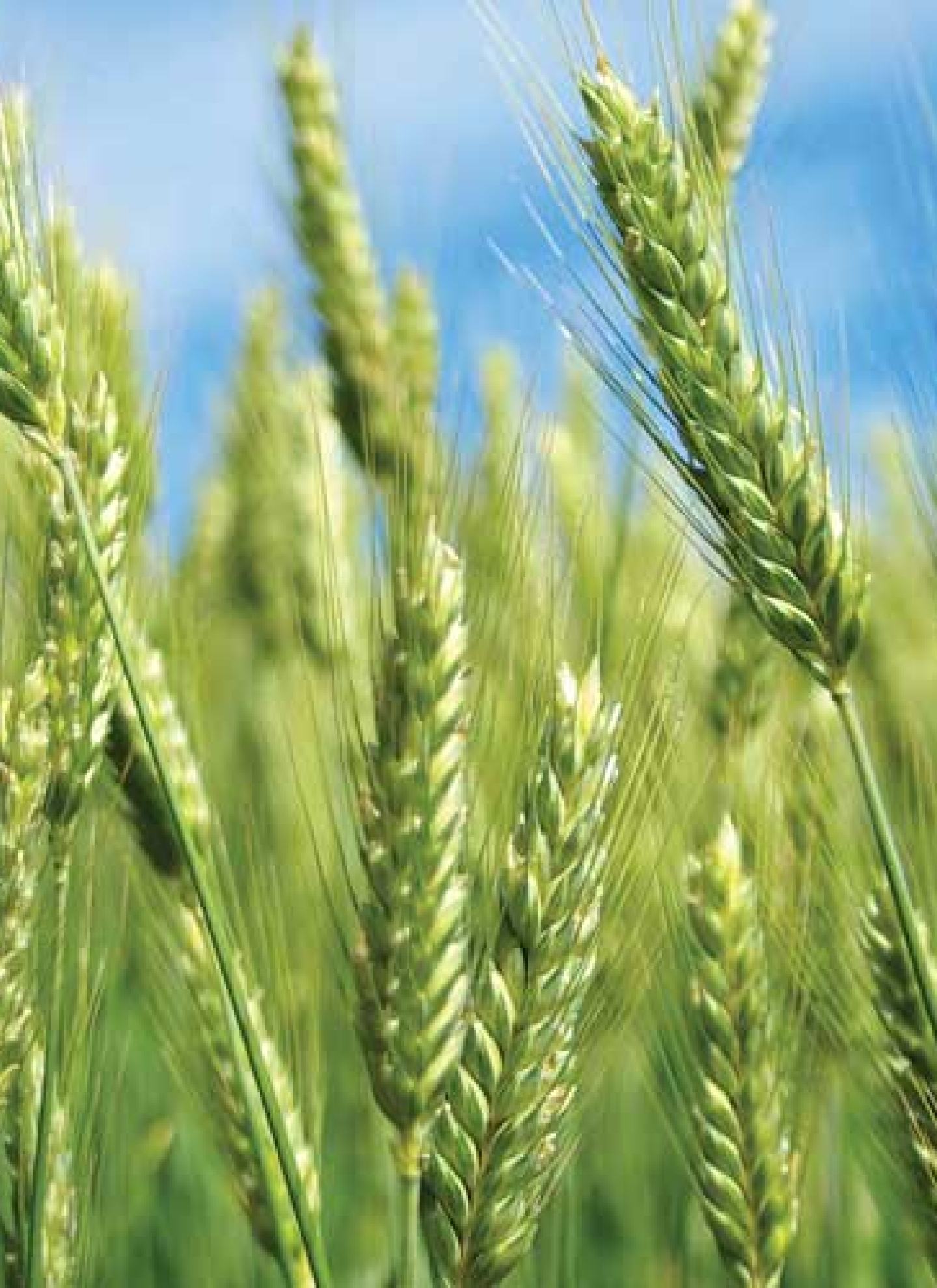The new water dispersible granule formulation of Overwatch® herbicide has proven an excellent option under wheat on a property of Duncan Young's, near Beverley, in the wheat belt of Western Australia.
Mr Young farms multiple sites in the region and transitioned from a sheep focus many years ago to now cropping wheat, barley, canola, and pulses that have included lupins, field peas, faba beans and chickpeas. Like most farmers in the area, annual ryegrass is the major weed issue, a legacy from the days of livestock and pastures.
This year the Overwatch® granules branded as Overwatch® eXL Granules were used in a paddock that had been treated with Sakura* the previous season. "I originally tried Overwatch® eXL granules two years ago in a small trial,” Mr Young said. "They mixed well and were very easy to use. I think there is a big advantage over liquids which can have foaming issues. On an OH & S level, I like granules because they're a lot safer to deal with. Spills are a minor issue compared to a liquid, and they store a lot better. You don't have the issues of settling out and certainly, expiry isn't as a big of an issue with the granules compared to liquid. It's got a lot of pluses.”
The Overwatch eXL granule was placed in the hopper on the side of the John Deere, self-propelled boom spray where it was partially mixed with water as it was flushed into the main tank to become fully dispersed under constant agitation. "It actually mixes up really well. It's pretty simple but it works well. It poured well and there was very little to no dust compared to some other granule products. There was also no foaming. The initial tank load of Overwatch® eXL Granules was applied to 60 hectares and the 50 mesh filter was checked on completion. "There weren't any issues with the filter." Mr Young said. "It was very clean." He said once the chemical was mixed, they used a number of factors to ensure it reached the intended target without drifting. "A boom spray is a boom spray – whether it’s a tow behind or an SP (self-propelled) – it's really up to the farmer. It comes down to boom height, water rate the right nozzles and ground speed is a big thing. A lot of people spray way too fast and once you go above 20 kilometres an hour, the wind shear actually breaks the droplet size up.”
Water quality is very important, and Mr Young said they installed a desalination plant 13 years ago that produced 100,000 litres per day, at a pH of 7.1. The clean water works particularly well with the pulse width modulation on the boom sprayer and the auto boom height ensures the chemical release is as close to the ground as possible. Herbicides are applied at a speed of between 18 and 20 kilometres per hour at a water rate of at least 100 litres per hectare. Mr Young said a low drift 03 pulse width modulating nozzle meant they could apply the herbicide at very coarse, instead of coarse, and they could also regulate the pressure to 2.7 bars instead of the normal 4 bars. The boom spray also has an on-board weather station to ensure conditions are right before putting out any chemical. "I think it gives you peace of mind to know you're spraying in the right conditions," Mr Young said. “Chemicals are great, but if they're sprayed in the wrong conditions, they more than likely won't work." All these features help get the herbicide to the desired location at the recommended rate to achieve the best outcome from the spray application.
The rotation of crops and herbicides is also vitally important and something that has been a feature on the Young properties for many seasons. While the enterprise farms in a high rainfall zone of WA, a number of different tools, including the use of legumes and chemical fallows are utilized through the rotation. "Chemical fallow works really well,” Mr Young said. “We're able to basically put a stop on weeds and using legumes or pulses allows us to clean up paddocks and bring them back into the rotation so we get the maximum efficiencies out of growing our cereals and canola. We've been rotating chemicals since the 1980s which has enabled us to park some important options that still work in most of our paddocks today."
"Sakura* herbicide has come off patent and a lot of agronomists are pushing it – that's a recipe for disaster in my opinion. You've got to be really careful. Farming isn't just about now, it's about the next five years, 10 years, 20 years." Overwatch® Herbicide was applied in a paddock that had been treated with Sakura* the previous season and the different mode of action helped address concerns with ryegrass resistance. "It's different to Sakura*, it's a different mode (of action)," Mr Young said. "Depending on your weed burdens and what you're targeting, they all have a fit. In certain situations. We used Overwatch® under canola the first year and I think it worked fairly well. We also got fairly good results with it the next year." He said the different chemistries helped lessen the weed burden which also assisted in reducing the chances of resistance. "I'm not putting pressure on the chemical in the sense of expecting a miracle because no chemical will do that. We're not trying to break the chemistry.”
Curious about Overwatch® eXL Granules? Find out more here.
Photo: Duncan Young, who near Beverley in the central wheat belt of Western Australia, was very happy with the performance Overwatch® eXL Granules under wheat last season.
